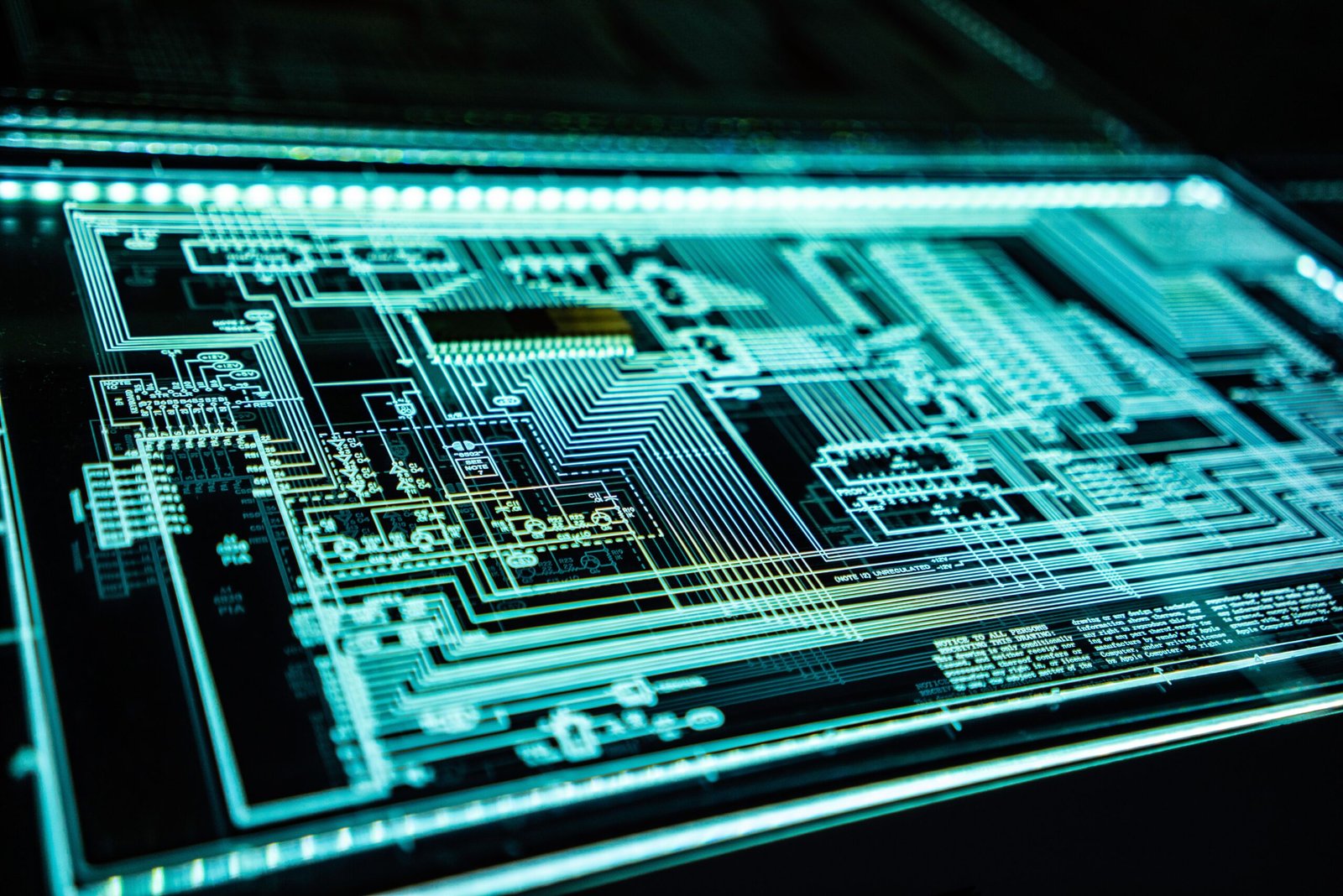
In today’s digital age, cybersecurity has become a critical concern for individuals, businesses, and governments alike. As technology continues to advance, so do the tactics and strategies employed by cybercriminals. Staying informed about the latest emerging cybersecurity threat trends is essential to protect ourselves and our digital assets.
One of the emerging trends in cybersecurity is the rise of ransomware attacks. Ransomware is a type of malicious software that encrypts a victim’s files or locks them out of their own system until a ransom is paid. These attacks have become increasingly sophisticated, targeting individuals, businesses, and even critical infrastructure. It is crucial to have robust security measures in place to prevent and mitigate the impact of ransomware attacks.
Another growing concern in cybersecurity is the proliferation of Internet of Things (IoT) devices. IoT refers to the network of interconnected devices that communicate and share data with each other. While IoT devices offer convenience and efficiency, they also present new vulnerabilities. Hackers can exploit these vulnerabilities to gain unauthorized access to personal data or even control IoT devices remotely. As the number of IoT devices continues to grow, so does the need for strong security measures to protect against potential breaches.
Phishing attacks have been around for a while, but they continue to evolve and become more sophisticated. Phishing is a technique used by cybercriminals to trick individuals into revealing sensitive information, such as passwords or credit card details. These attacks often involve deceptive emails or websites that mimic legitimate organizations. With advancements in artificial intelligence and machine learning, cybercriminals are finding new ways to personalize and target their phishing attacks. It is crucial to educate ourselves about the signs of phishing and to remain vigilant when interacting with emails and websites.
As more businesses and individuals rely on cloud services for storing and accessing data, cloud security has become a significant concern. Cloud service providers offer robust security measures, but it is essential for users to understand their responsibilities in securing their data. Misconfigurations or weak access controls can leave data vulnerable to unauthorized access or data breaches. Keeping up with best practices and regularly reviewing security settings is crucial to ensure the integrity and confidentiality of data stored in the cloud.
Artificial intelligence (AI) and machine learning (ML) have revolutionized various industries, but they also present new cybersecurity challenges. AI and ML can be used by both attackers and defenders in the cybersecurity landscape. Attackers can leverage AI and ML to automate and enhance their attacks, while defenders can use these technologies to detect and respond to threats more effectively. Staying informed about the latest advancements in AI and ML in the context of cybersecurity is essential to stay ahead of emerging threats.
Lastly, the COVID-19 pandemic has also had a significant impact on cybersecurity. With the shift to remote work and increased reliance on digital platforms, cybercriminals have exploited the vulnerabilities and uncertainties surrounding the pandemic. Phishing attacks related to COVID-19, fake vaccine websites, and malware disguised as pandemic-related information have become prevalent. It is crucial to stay informed about the latest COVID-19-related cybersecurity threats and to exercise caution when interacting with pandemic-related content online.
In conclusion, staying informed about emerging cybersecurity threat trends is essential in today’s digital landscape. Ransomware attacks, IoT vulnerabilities, phishing attacks, cloud security, advancements in AI and ML, and COVID-19-related threats are just a few examples of the evolving cybersecurity landscape. By understanding these trends and implementing appropriate security measures, individuals and organizations can better protect themselves against cyber threats and safeguard their digital assets.